
Computer overheating is a common issue that can cause performance problems, random shutdowns, or even permanent hardware damage. It often occurs when your system's cooling mechanisms fail to handle the generated heat effectively. This guide explores the potential causes of overheating and provides actionable solutions.
Understanding the Causes of Computer Overheating
Before addressing the issue, it's essential to understand why your computer is overheating. Common causes include:
Dust accumulation in cooling components: Blocks airflow, reducing cooling efficiency.
Malfunctioning fans or heat sinks: Prevents proper heat dissipation.
High-performance tasks: Intensive activities like gaming or video editing can overload the CPU or GPU.
Software issues: Poorly optimized programs or outdated drivers may overburden the hardware.
Inadequate ventilation: Limited airflow in a poorly designed or cluttered workspace traps heat.
Now, let's explore how to tackle these problems.
1. Clean Dust from Cooling Components
Dust is a major contributor to overheating, as it clogs fans, heat sinks, and vents, reducing their cooling capacity. Regular cleaning can significantly improve your system's performance and longevity.
Steps to Clean Dust:
Turn off your computer and disconnect it from the power source.
Open the computer case (for desktops) or access the ventilation area (for laptops).
Use a can of compressed air to blow out dust from fans, heat sinks, and vents. Hold the fan blades steady to prevent them from spinning.
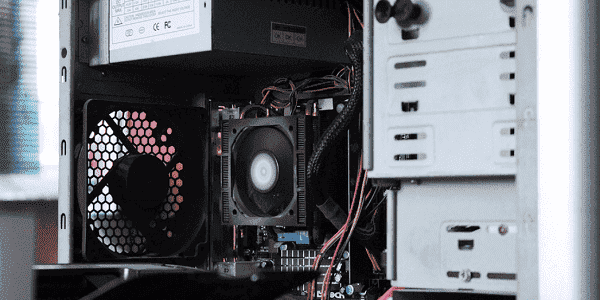
Wipe any remaining dust with a microfiber cloth.
Reassemble your computer and power it on.
Tips:
Clean your system every 3-6 months, depending on usage and environment.
Use a vacuum cleaner near vents to remove external dust without opening the case.
2. Improve Airflow and Ventilation
Poor airflow can cause heat to build up inside your computer. Ensuring proper ventilation around your system can reduce overheating.
Steps to Improve Ventilation:
Place your computer in an open area, away from walls or obstructions.
Avoid using your laptop on soft surfaces like beds or cushions, which can block vents.
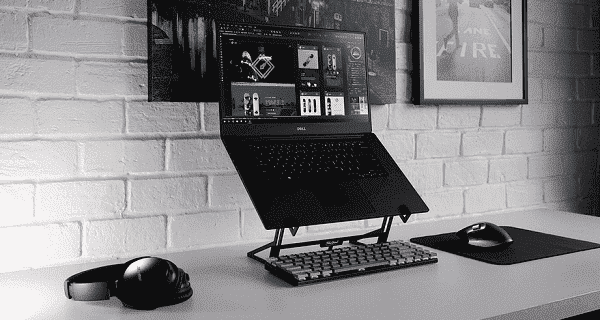
Use a cooling pad for laptops to provide additional airflow.
Organize cables inside your desktop case to prevent airflow obstruction.
Tips:
Consider adding more case fans to a desktop for enhanced airflow.
Position your computer in a cool, dry room, away from direct sunlight or heat sources.
3. Monitor Hardware Temperatures with Driver Sentry
Monitoring hardware temperatures is crucial for identifying overheating components. Driver Sentry is an excellent tool that helps you keep track of your system's temperature and optimize performance.
Steps to Use Driver Sentry:
Download and install Driver Sentry.
Launch the software and navigate to the "Hardware" section.
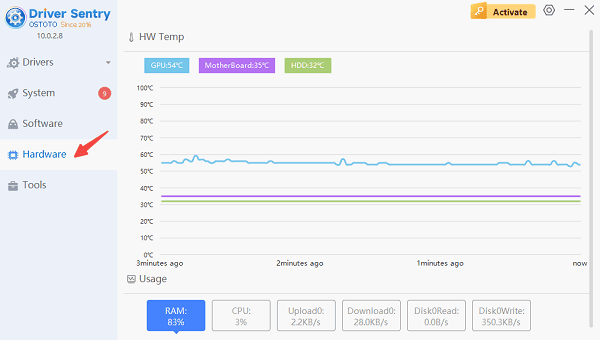
Check real-time CPU, GPU, and HDD temperatures.
If temperatures exceed safe levels (typically 70-80°C for most components), take immediate action to reduce the load or improve cooling.
Advantages of Driver Sentry:
Provides accurate temperature readings for all major components.
Helps detect potential hardware issues before they escalate.
Automatically updates drivers, ensuring hardware functions efficiently and stays cool.
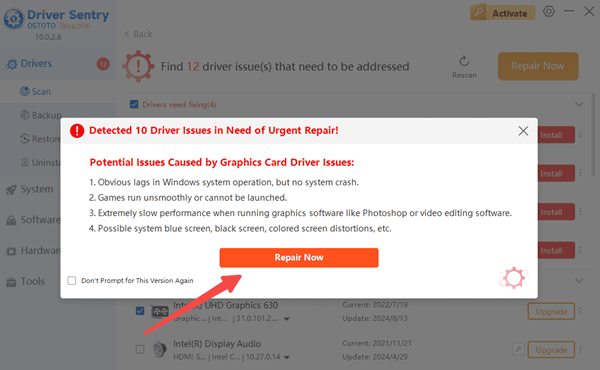
4. Update and Optimize Drivers
Outdated or faulty drivers can overburden your system, causing it to overheat. Ensuring that your drivers are up-to-date can improve hardware efficiency and prevent thermal issues.
Steps to Update Drivers:
Press Windows + X to open Device Manager and select "Device Manager".
Locate key components like the display adapter (GPU), processor, and chipset.
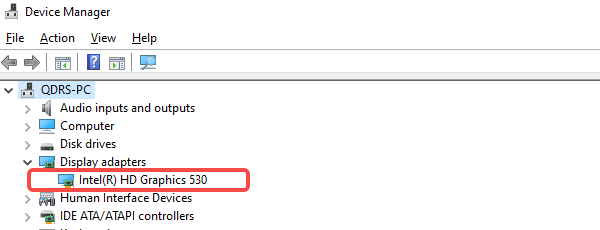
Right-click each component and select "Update driver".
Alternatively, use Driver Sentry to automatically scan and update outdated drivers.
Restart your computer to apply changes.
Tips:
Focus on updating GPU and chipset drivers, as these are often responsible for high temperatures.
Schedule regular driver scans to ensure all components remain optimized.
5. Check and Adjust System Settings
Sometimes, high-performance settings in your operating system or applications can cause overheating. Adjusting these settings can help balance performance and thermal management.
Steps to Optimize System Settings:
For Windows: Go to "Control Panel" > "Power Options" and select a balanced or power-saving plan.

For macOS: Adjust energy saver settings in System Preferences.
Lower graphics settings in resource-intensive applications or games.
Limit background applications to reduce CPU and GPU workload.
Tips:
Consider using undervolting tools to decrease CPU voltage safely, reducing heat output.
Enable frame rate caps in games to prevent unnecessary GPU usage.
6. Replace Thermal Paste
Thermal paste transfers heat from the CPU or GPU to the heat sink. Over time, it can dry out, reducing its effectiveness. Reapplying thermal paste can significantly improve heat dissipation.
Steps to Replace Thermal Paste:
Turn off and unplug your computer.
Remove the CPU or GPU heat sink carefully.
Clean the old thermal paste from both the component and the heat sink using isopropyl alcohol and a lint-free cloth.
Apply a small amount of new thermal paste (about the size of a grain of rice) to the center of the CPU/GPU.
Reattach the heat sink securely and reassemble your computer.
Tips:
Use high-quality thermal paste for better results.
Ensure even application to avoid air gaps that can reduce thermal transfer.
Overheating can be a serious problem if not addressed promptly, but with the right measures, you can protect your computer from damage and maintain optimal performance. If the problem persists despite these solutions, consult a professional technician to diagnose and resolve hardware-specific issues.
See also:
8 Ways to Fix GPU Not Detected on Windows
9 Ways to Fix Critical Process Died Error in Windows 10